- Antipasti
- Bella Italia
- Dessert
- Drinks
- Favorite Italian recipes
- Main courses
- Pasta
- Pizza
- Side dishes and salad
- Tips & Knowledge
Peperoncino
Every now and then you read the term peperoncini in recipes, especially those from Italy. Some people then ask: What are peperoncini actually? In short, they are chili peppers, i.e. hot, small peppers. They all belong to the Capsicum annuum species, but they can have different levels of heat.
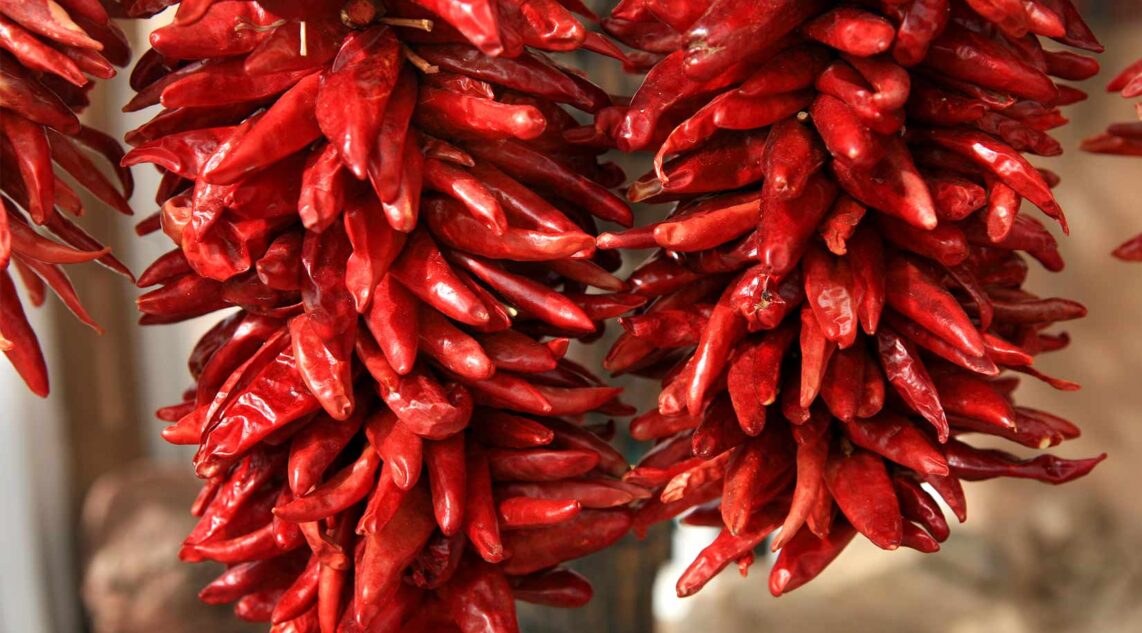
Table of contents
What is peperoncino?
Every now and then you read the term peperoncino in recipes, especially those from Italy. Some people then ask: What are peperoncini actually? In short, they are chili peppers, i.e. hot, small peppers.
They all belong to the Capsicum annuum species, but they can have different levels of heat. In Italian, the term peperoncino is used for hot and sweet peppers, whereas in German it is used to describe hot peppers.
Peperoncino in Europe
Like so many ingredients that we consider to be typically Italian today, peperoncini have only been part of Italian cuisine since Christopher Columbus discovered America in 1492. He brought back the first plants of Capsicum annuum from his second voyage in 1493.
Today it is assumed that it was the Capsicum chinense variety, i.e. either Scotch Bonnet or Habanero – both varieties with a very high Scoville value. This is used to indicate the spiciness. Chili peppers immediately became an unprecedented success story – quite unlike potatoes.
They were easy to grow in the Old World, so that a lengthy import from America was not necessary and even the less well-off could afford the new spice.
Peperoncini in Italian cuisine
Peperoncini have become an integral part of Italian cuisine. Especially in the extremely hot southern regions, people not only appreciate the taste, but also the cooling effect of eating the hot peppers.
We can take this opportunity to dispel the belief that the spiciness is in the seeds. In fact, most capsaicins are found in the inner skin of the pods.
One region in Italy stands out in particular for its use of peperconcini: Calabria. The spicy anchovies and the spicy nduja, a spreadable sausage with a high chilli content, are particularly famous. In Basilicata, crushed peperoncini(croccanti) are used to prepare baccalà alla lucana (Lucania-style stockfish), for example.
In Piedmont, on the other hand, people tend to use the sweet varieties of the peppers, especially the local variety Peperoni di Carmagnola.
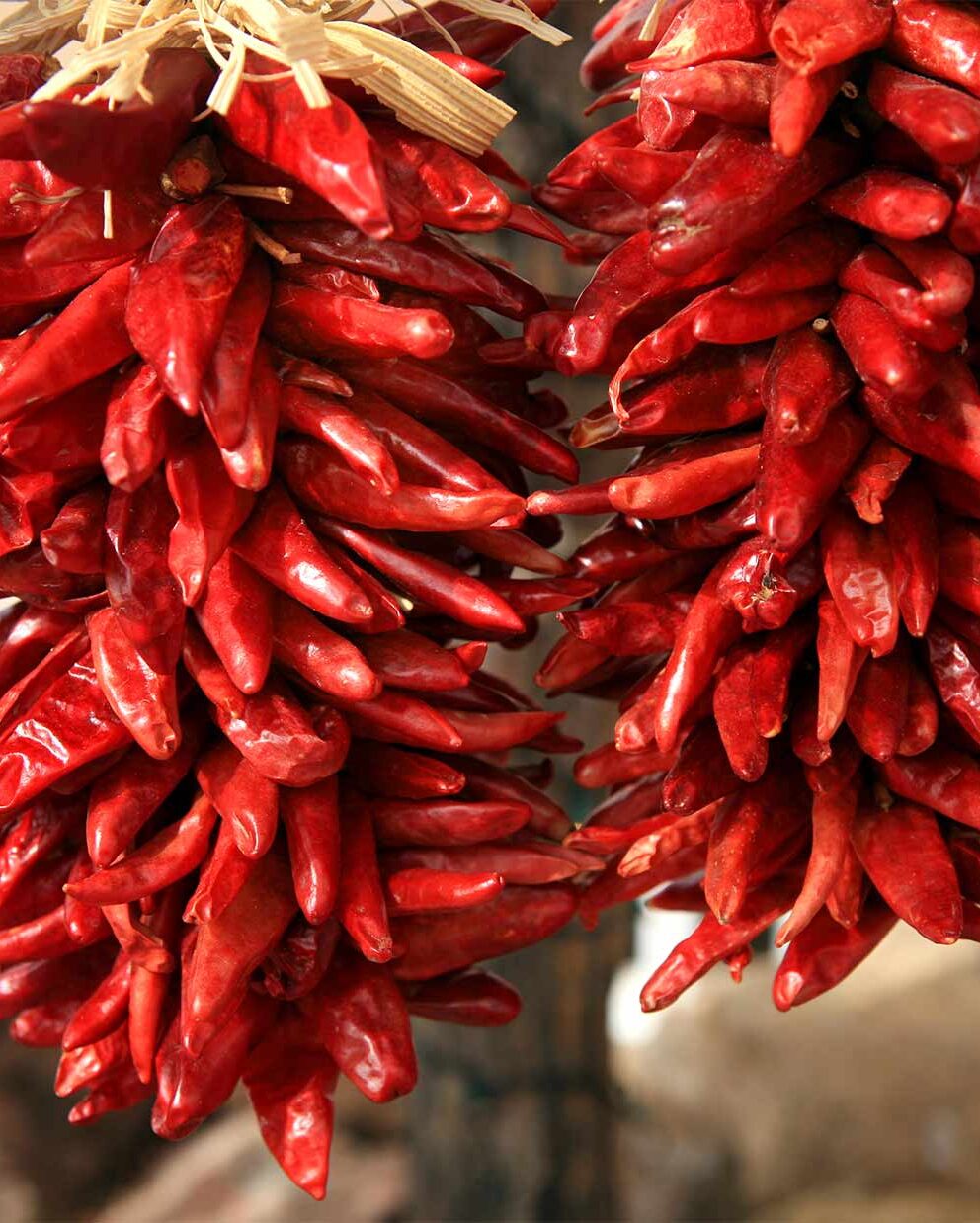




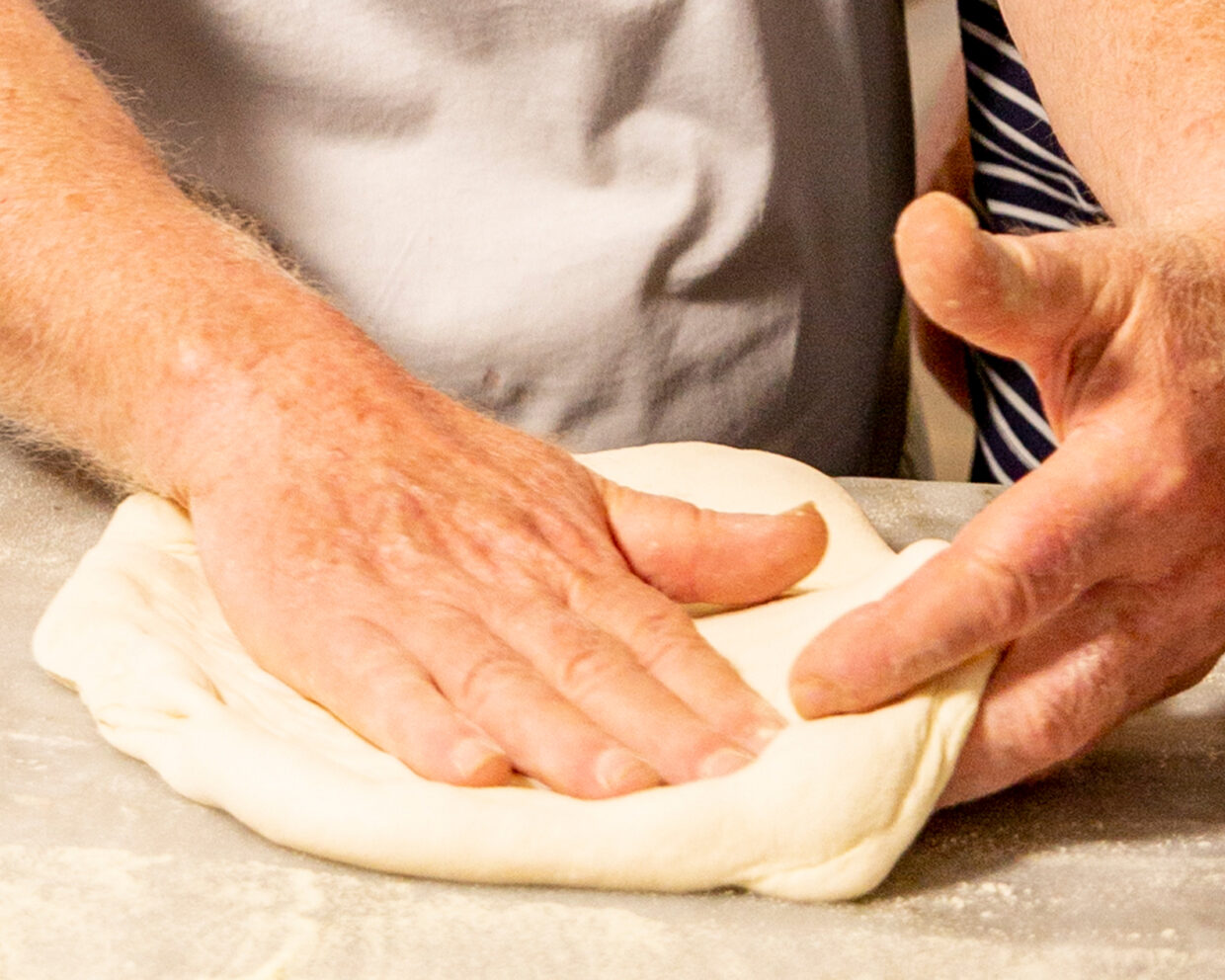
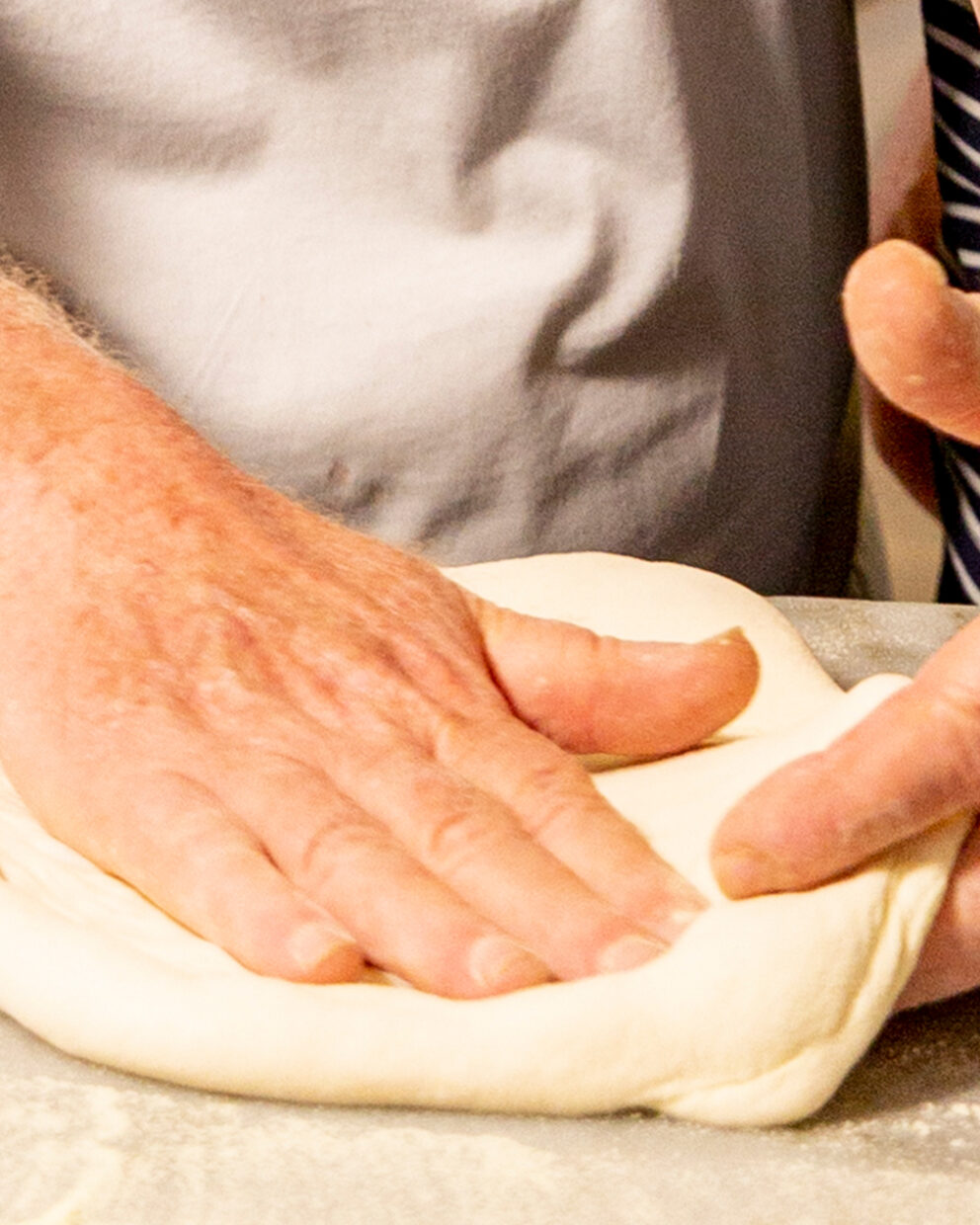
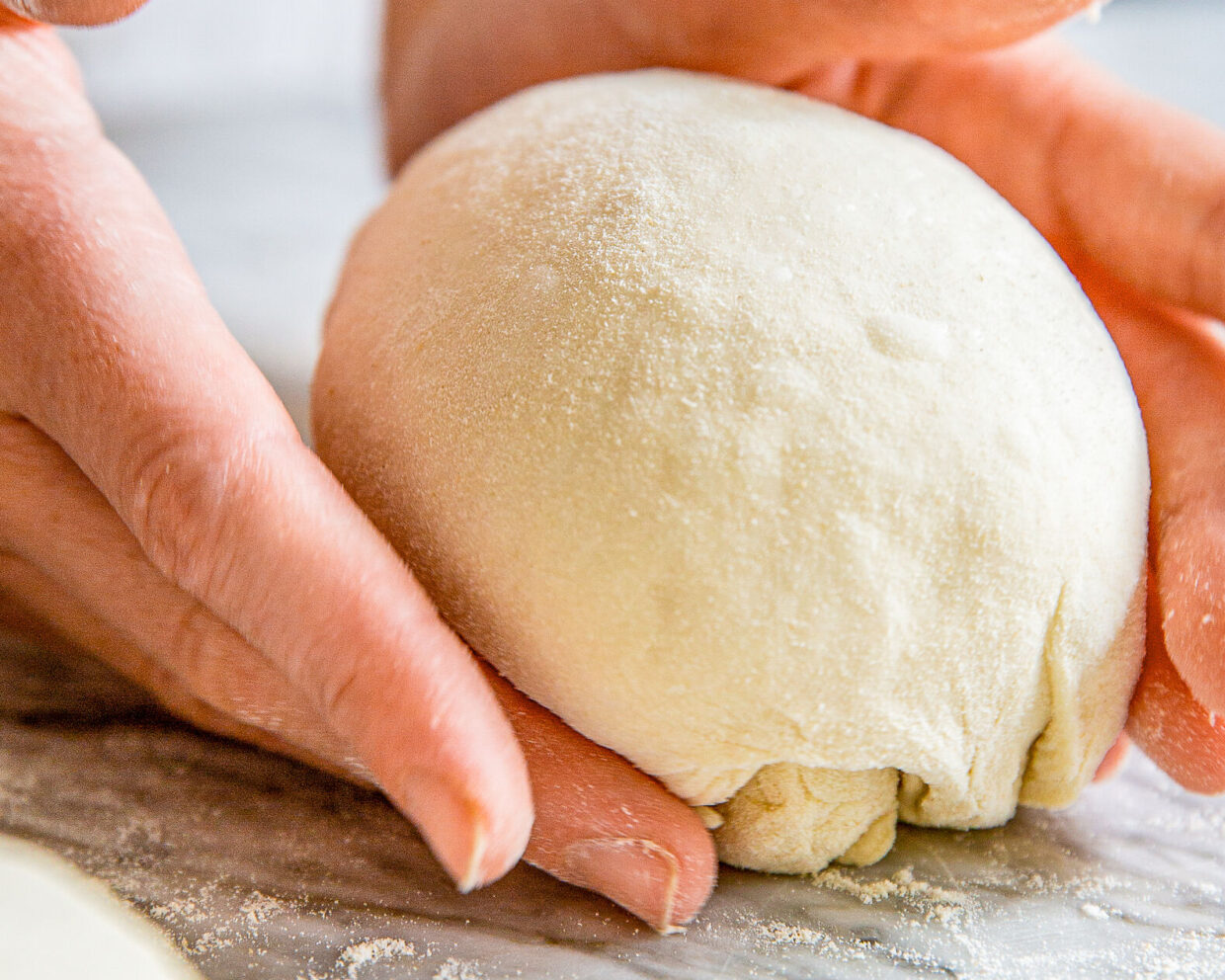
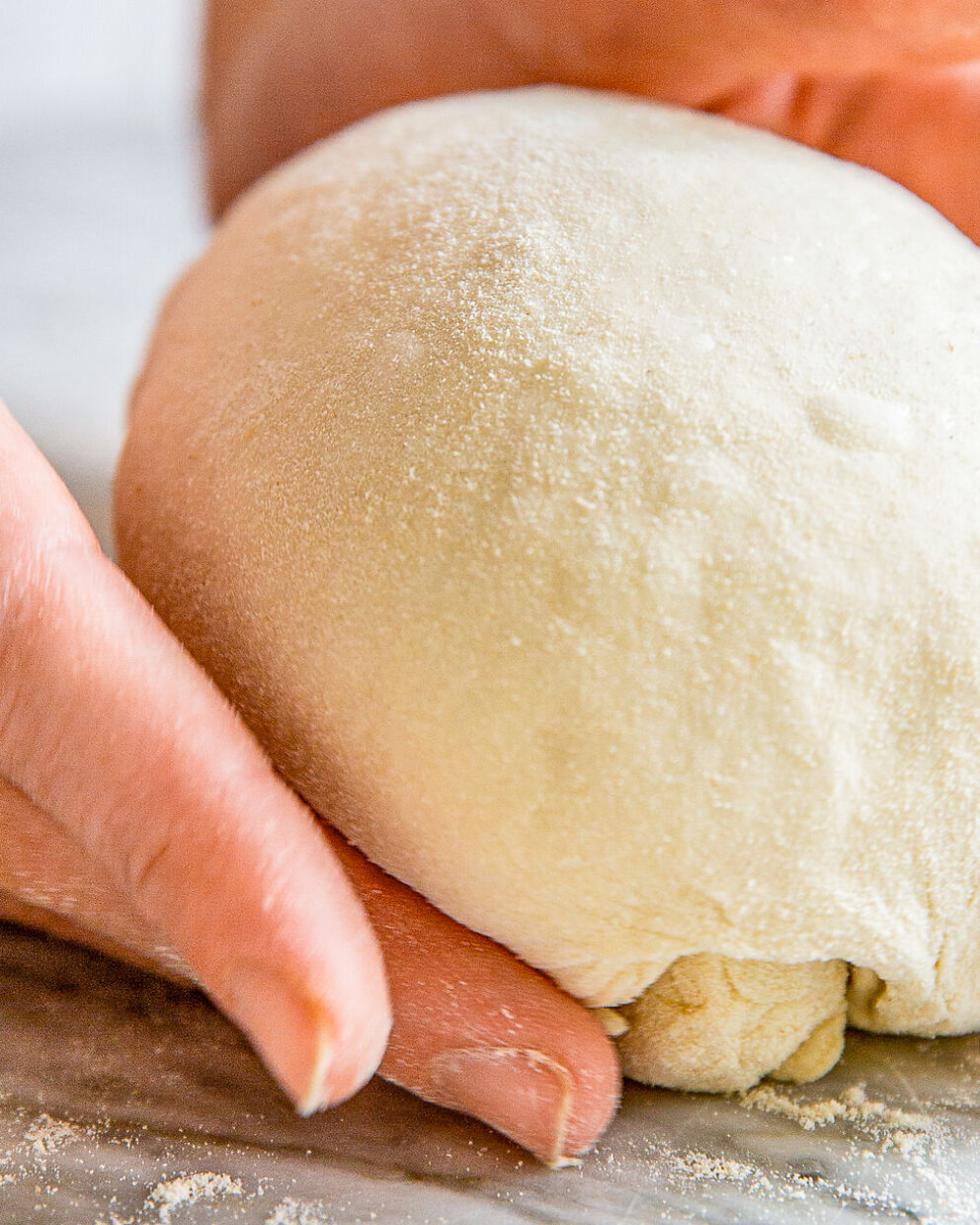

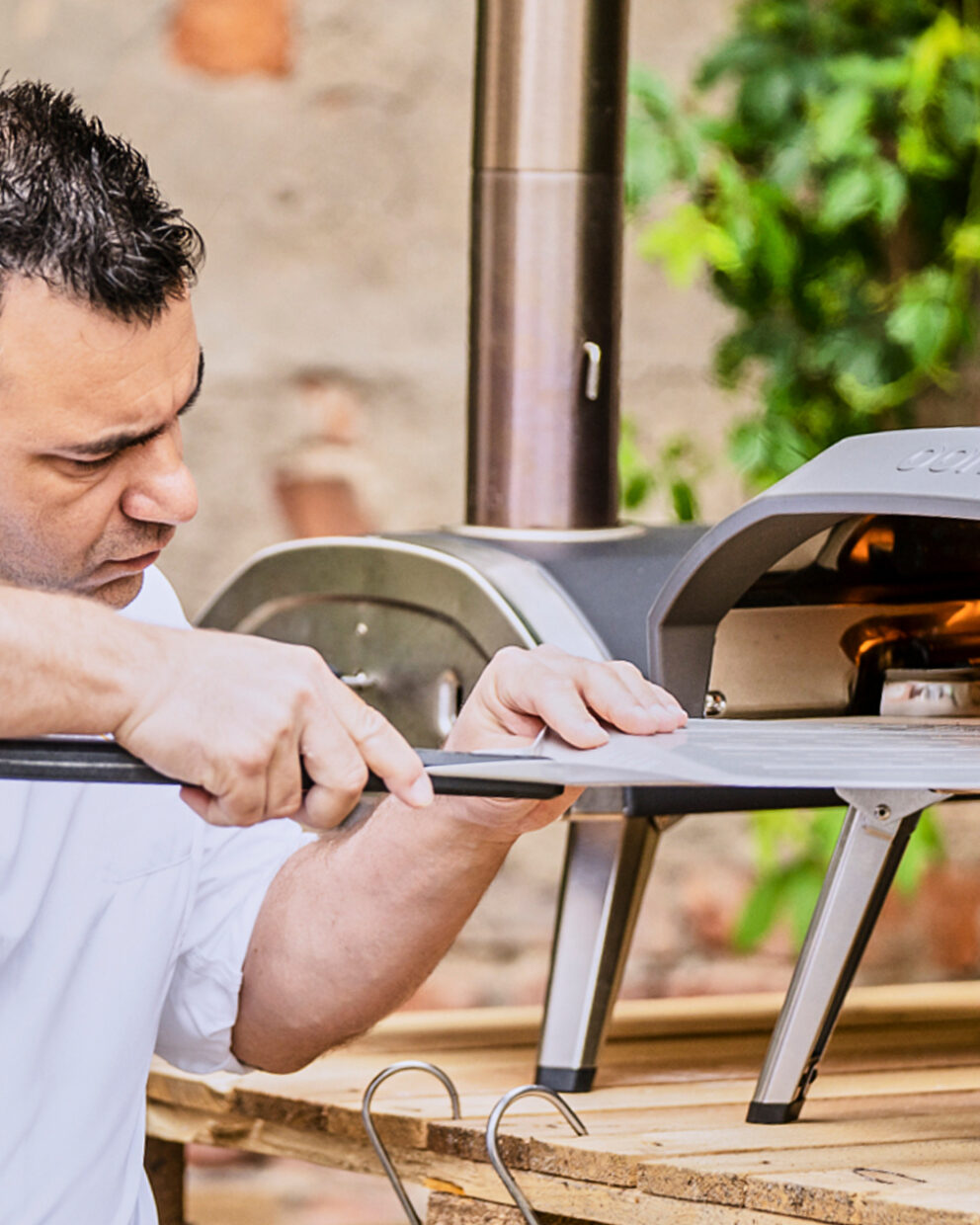


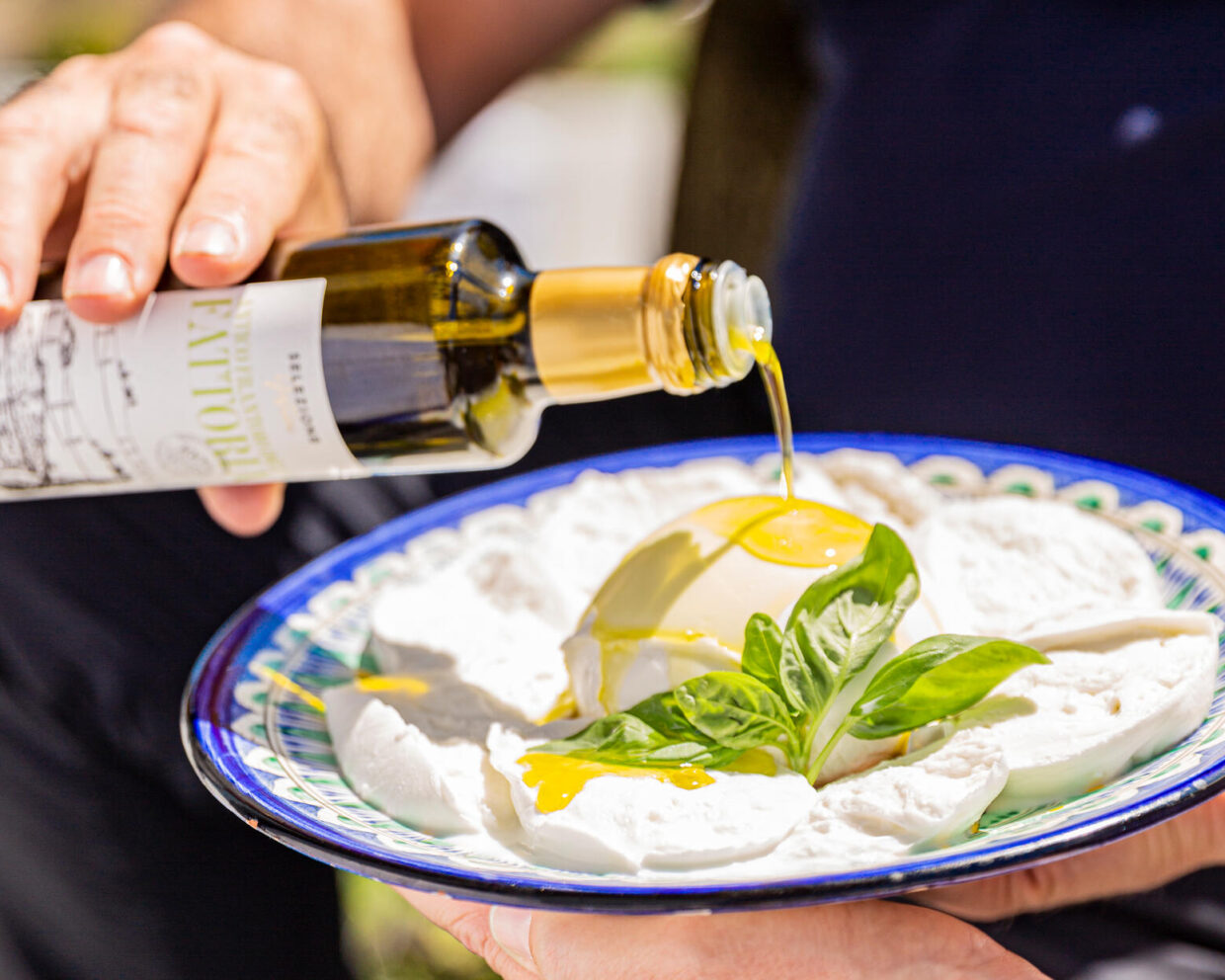
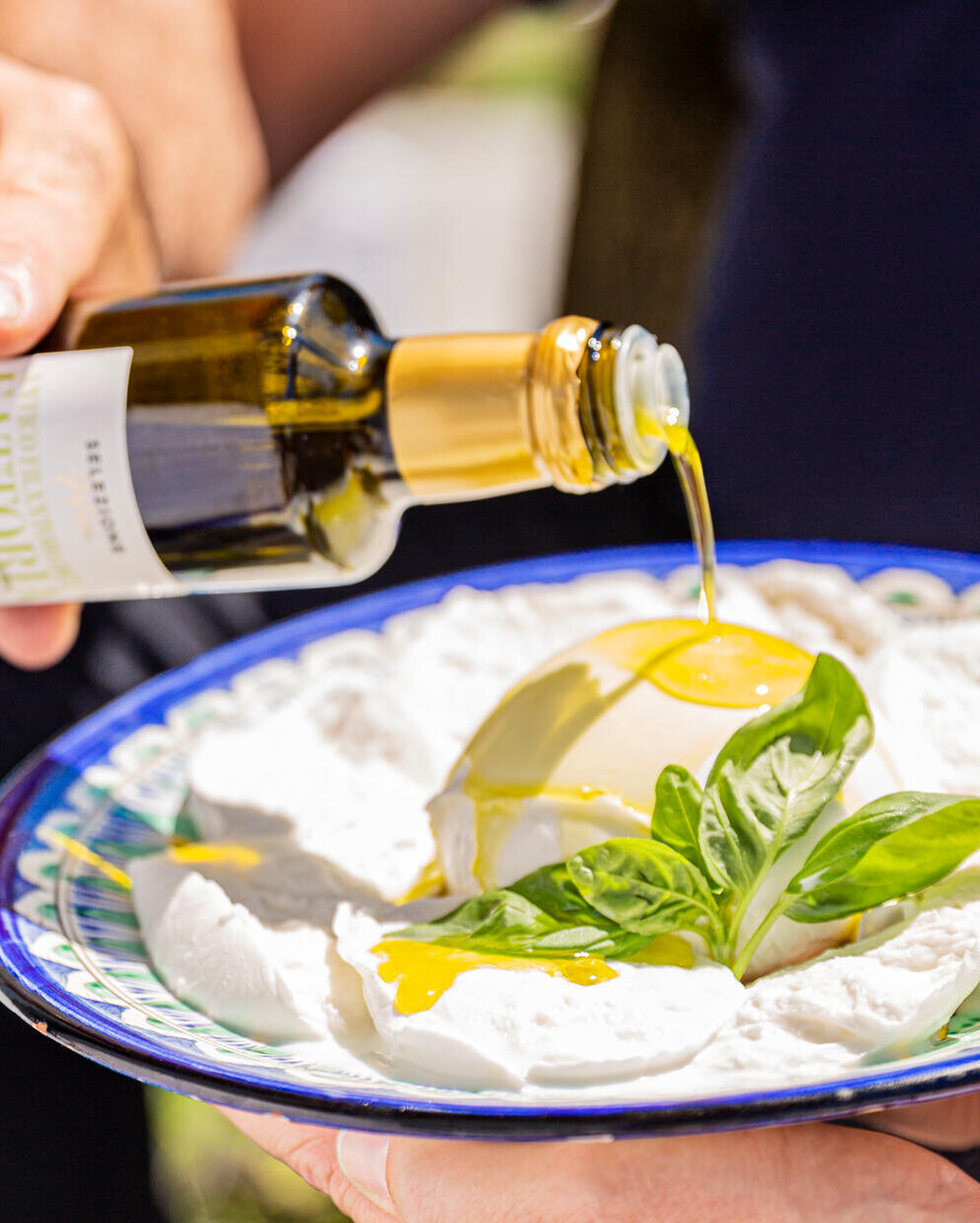


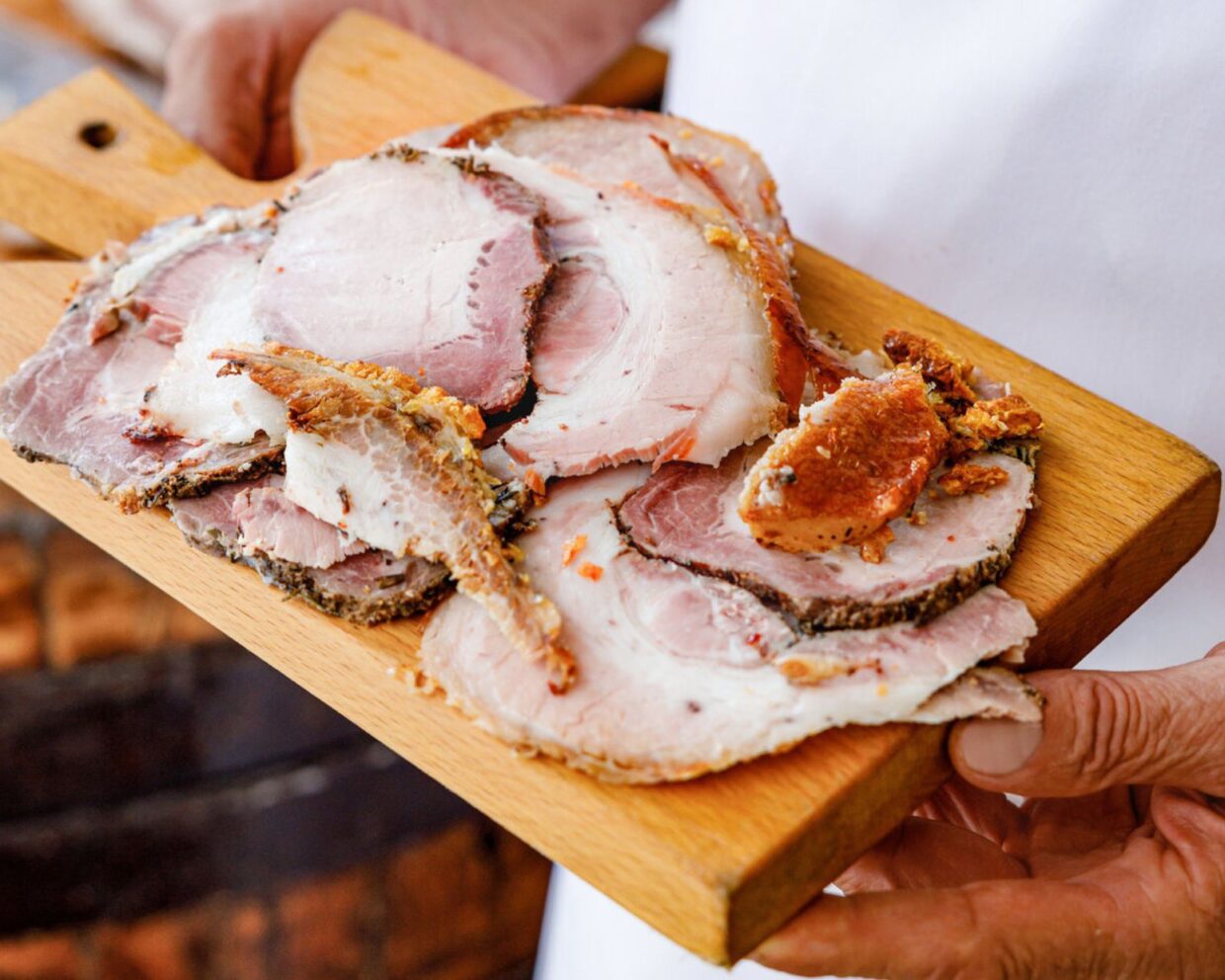
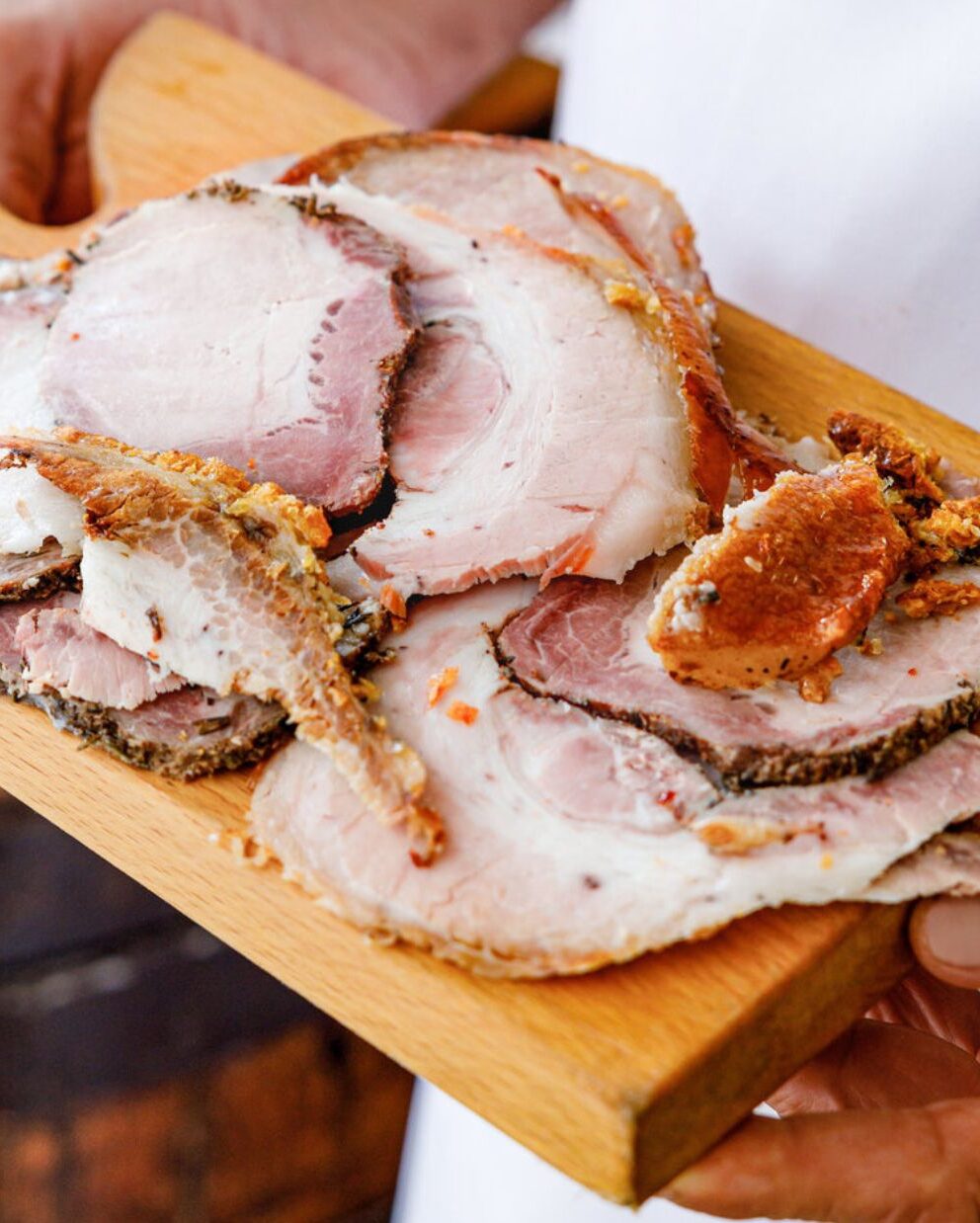






Want to share your thoughts? We're excited to hear what you think of the article. Tell us about your ideas, tips or questions! Leave a comment and share your knowledge with the community. Your opinion counts.
Write a comment